HOW TO INSTALL A SUMP PUMP SYSTEM?
Starke pumps
904-346-1266
Some homes with basements or crawl spaces are protected from ground water damage by a network of drainage tubes around the foundation. These direct water into a shallow pit, or sump, where a sump pump pushes the water out and away from the house through a discharge pipe.
Sump pumps work automatically each time water fills the sump, making them easy to forget about. Don’t. A damaged or broken pump can quickly allow water to overflow the sump and damage your basement.
Most sump pumps are either a pedestal or submersible type. With a pedestal pump, the motor is on a shaft above the sump, out of the water. Generally, these are a less expensive option. Because they’re not cooled by the water in the sump, however, there’s greater risk they’ll overheat under extreme use. Submersible pumps rest at the bottom of the sump, usually surrounded by cooling water. If you’re replacing an existing sump pump that has worked well for many years, buy a pump of the same type and horsepower.
Some homes with basements or crawl spaces are protected from ground water damage by a network of drainage tubes around the foundation. These direct water into a shallow pit, or sump, where a sump pump pushes the water out and away from the house through a discharge pipe.
Sump pumps work automatically each time water fills the sump, making them easy to forget about. Don’t. A damaged or broken pump can quickly allow water to overflow the sump and damage your basement.
Switch. All three types of switches — tethered float, vertical float, and electronic — automatically turn on the pump when water in the sump reaches a certain level.
Horsepower. Common motor sizes include 1/4-hp, 1/3-hp, 1/2-hp, 3/4-hp, and 1-hp. What you really want to look for, however, is how many gallons of water per hour it can pump and to what height. If your existing sump pump runs constantly regardless of weather conditions or time of year, consider a more powerful pump. Likewise, if you have an extra-high basement ceiling — combined with the depth of the sump — you want one with the power to lift water up the tall discharge pipe. Check the product package and instructions for the pump’s gallon-per-hour (GPH) capacity.
Housing. Most pumps have a cast metal or plastic housing, with stainless steel used on more expensive models. Because a submersible pump is surrounded by the sump, all provide needed protection to the motor.
All of the sump pumps mentioned so far operate on household electrical current. So what happens when the same storm that dumps 2 inches of rain around your house also knocks out the power? That’s when a battery-backup sump pump takes over. A battery kept continually charged by the backup system operates a separate pump linked to the discharge pipe, providing you hours of protection until power is restored. Some backup pumps even monitor the condition of the battery and alert you when it needs to be replaced. Hybrid models combine a regular sump pump with a battery backup option, as shown.
Replacement pipe and fittings: After choosing a sump pump, select the pipe and fitting that will connect the pump to the discharge line. Different types of sump pumps may require different types of fittings. The fitting must match the discharge opening on the pump. Discharge tubes must be at least 1-1/4 inches (inside diameter) and preferably 1-1/2 inches — wider pipes require less work from the pump. If you’re using PVC, you’ll also need a saw for cutting the pipes and pipe cement for attaching the fitting to the pipe.
Check valve: A check valve on the discharge line has a flap that keeps water in the pipe from falling back into the pit when the pump switches off. Even if your system has an existing check valve, replace it when buying a new sump pump in case minerals in the water have corroded or interfered with the valve flap.
Sump cover: If the sump lacks a watertight cover, now’s the time to add one. An exposed sump can collect debris that blocks the pump and can allow radon to enter the basement. If you’re adding a cover, install a vent tube of at least 1-1/4 inches (inside diameter).
Sump pump alarm: These have a sensor that detects water from an overflowing sump. Look for one that will warn you when the battery is low.
Power: The best way to power a sump pump is with a dedicated GFCI outlet linked directly to its own circuit breaker. Changing pumps is a good time to consider adding such an outlet — a job best left to a qualified electrician. Avoid using extension cords linked to a distant outlet or an outlet shared by other lights or appliances. The potential drop in voltage will shorten the life of the pump.
starke pumps for sale
free estimates
call our office at
(904) 964-3995
Some homes with basements or crawl spaces are protected from ground water damage by a network of drainage tubes around the foundation. These direct water into a shallow pit, or sump, where a sump pump pushes the water out and away from the house through a discharge pipe.
Sump pumps work automatically each time water fills the sump, making them easy to forget about. Don’t. A damaged or broken pump can quickly allow water to overflow the sump and damage your basement.
free estimates call




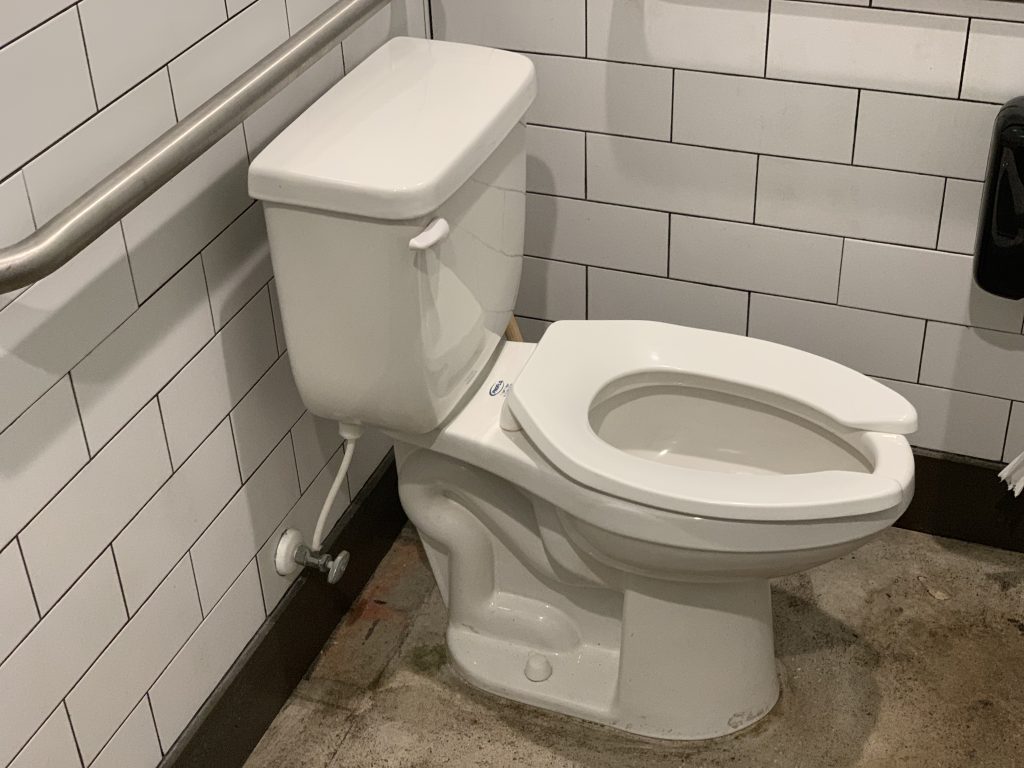









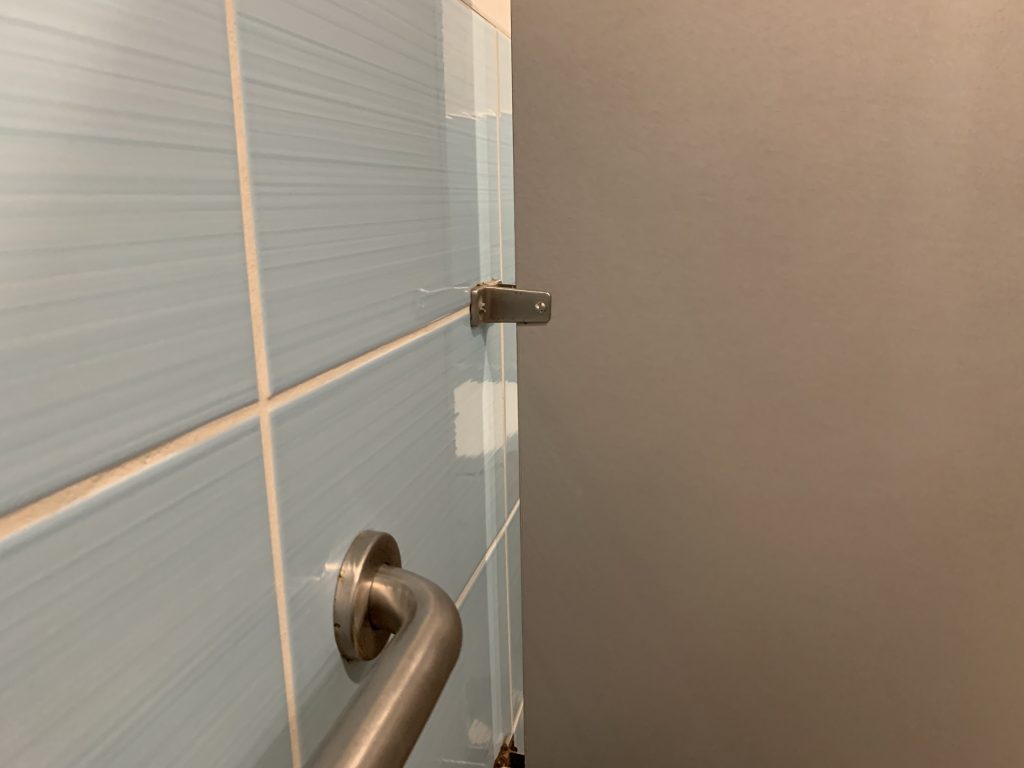
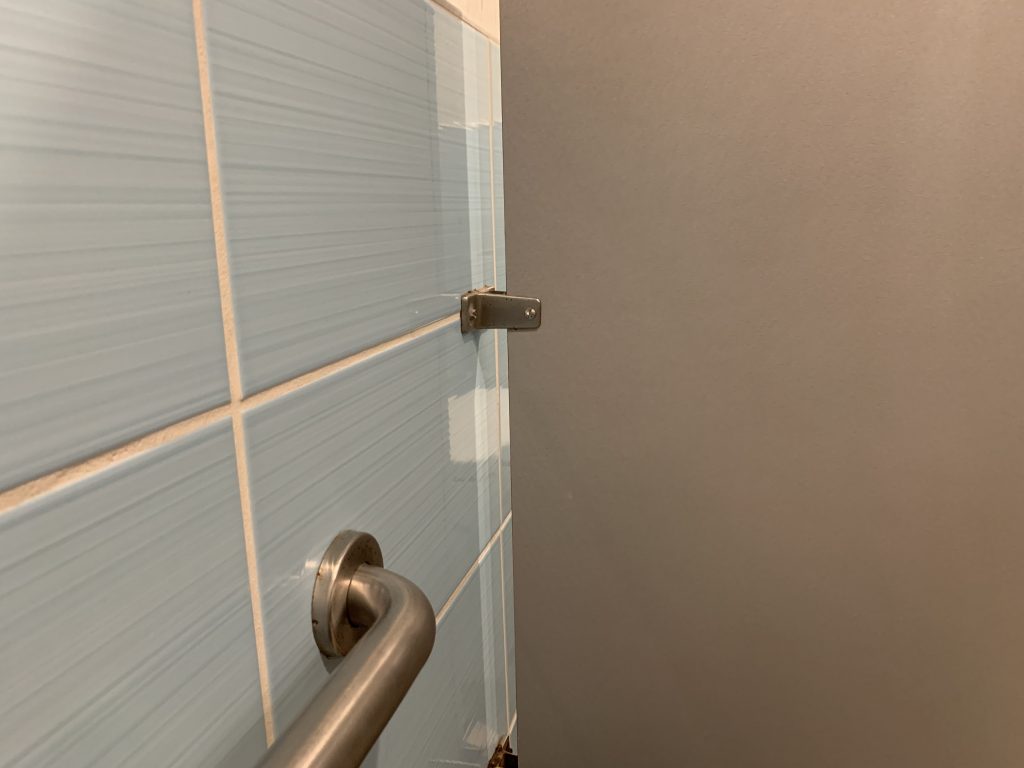
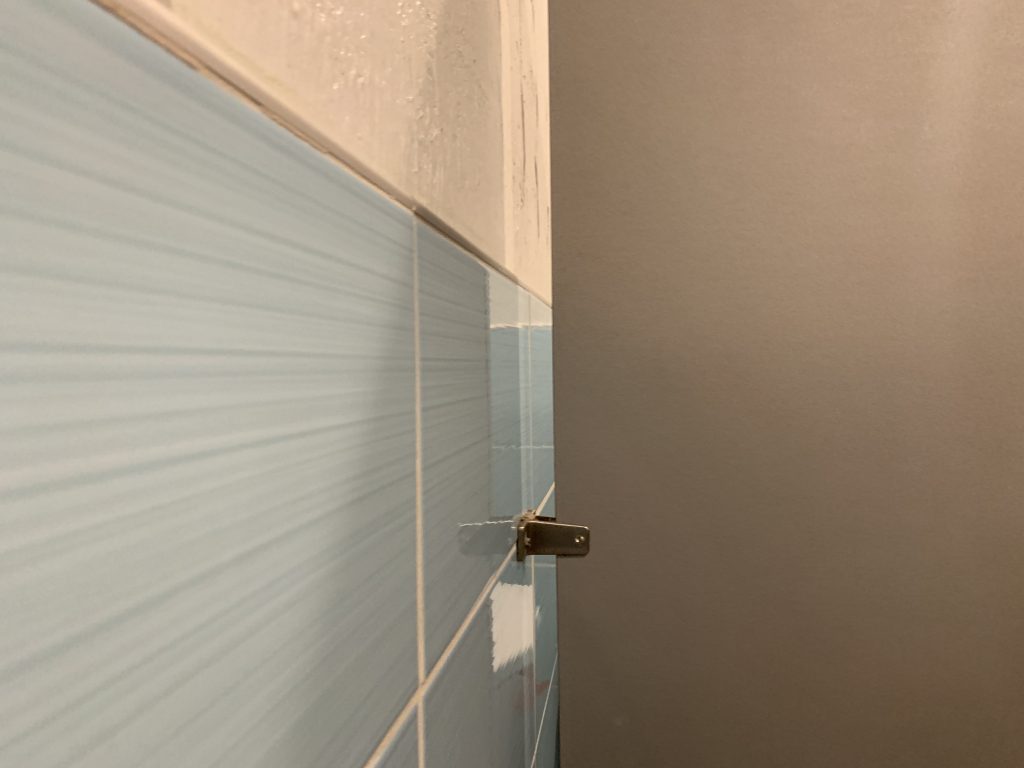
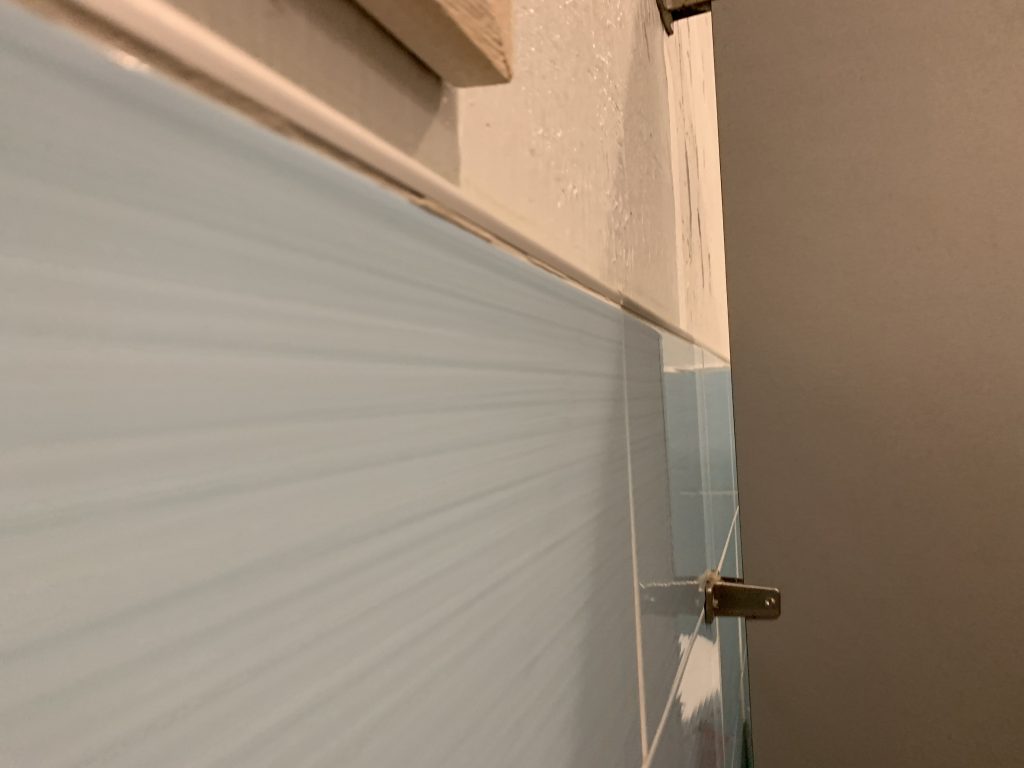
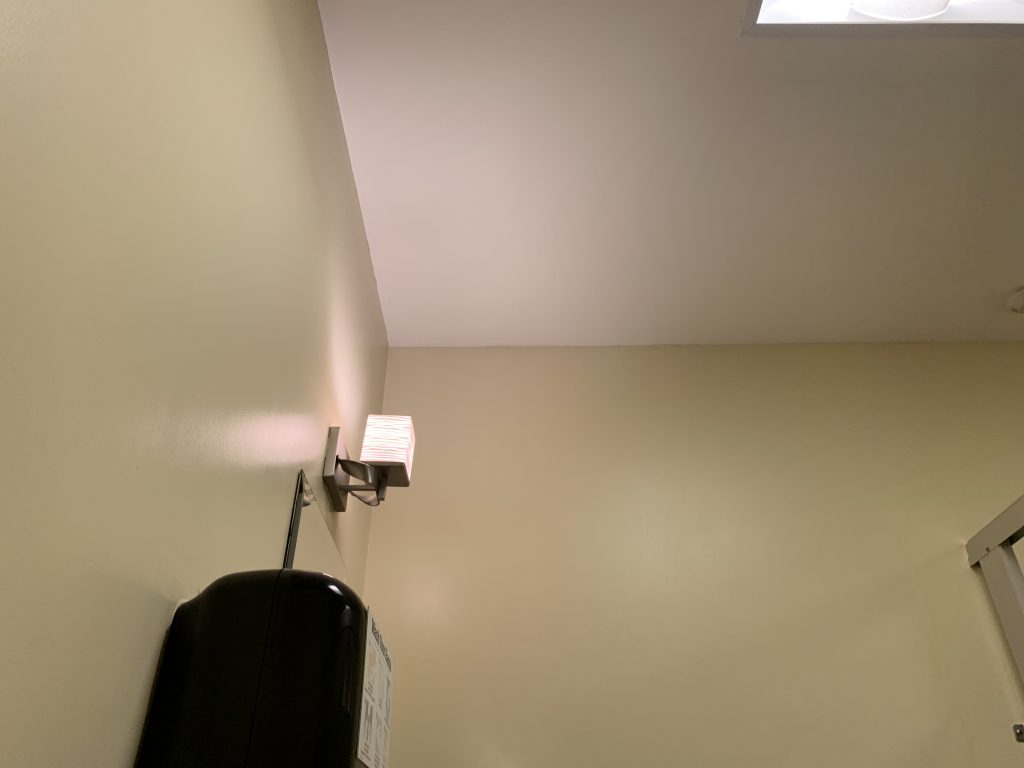
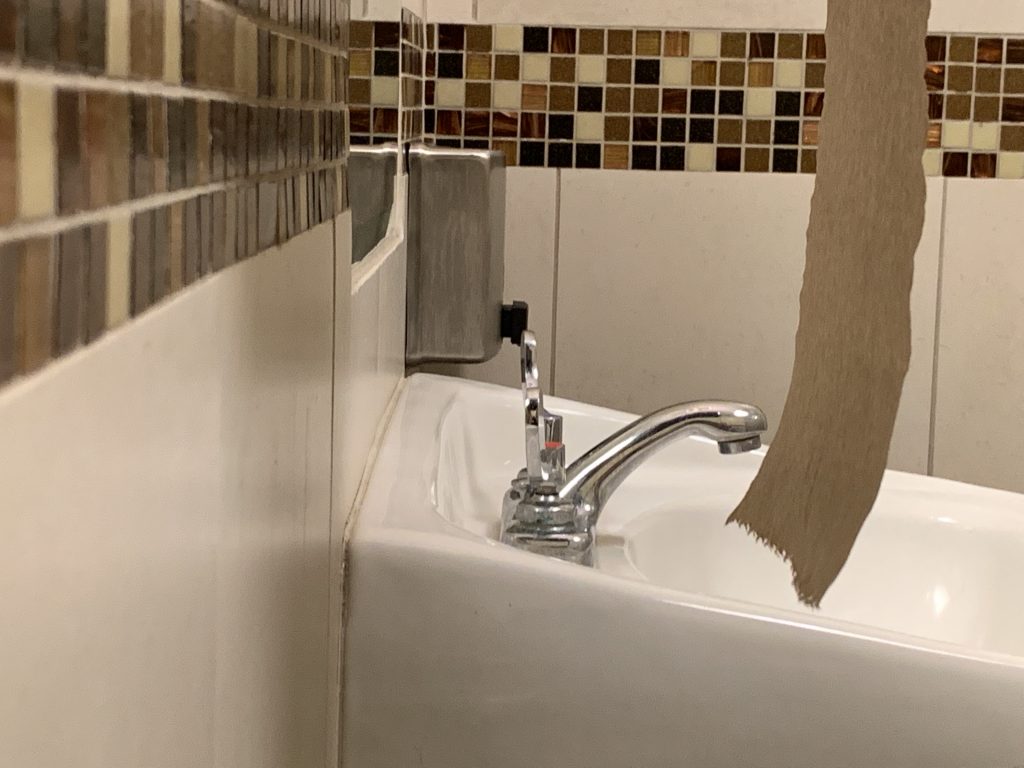
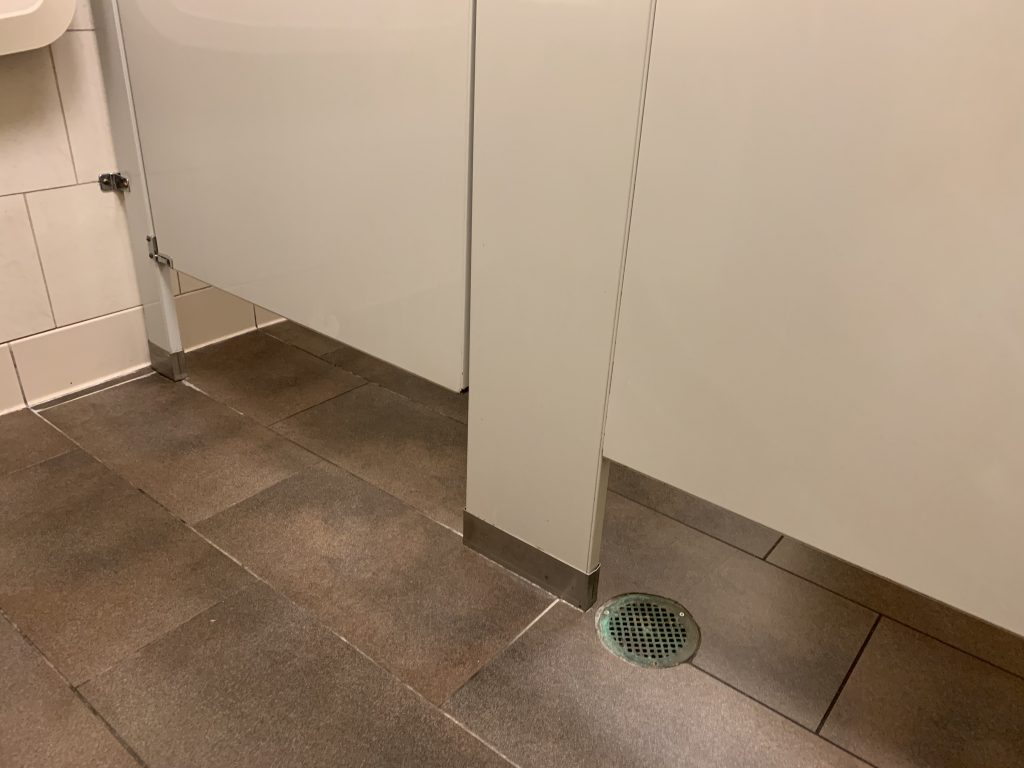
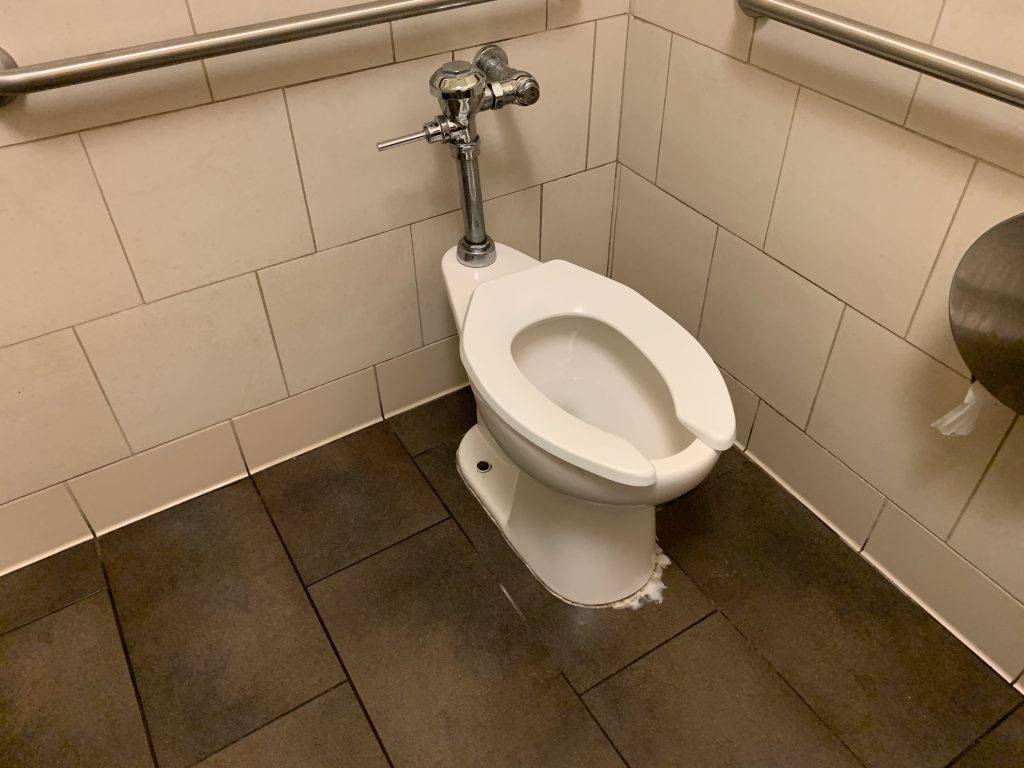
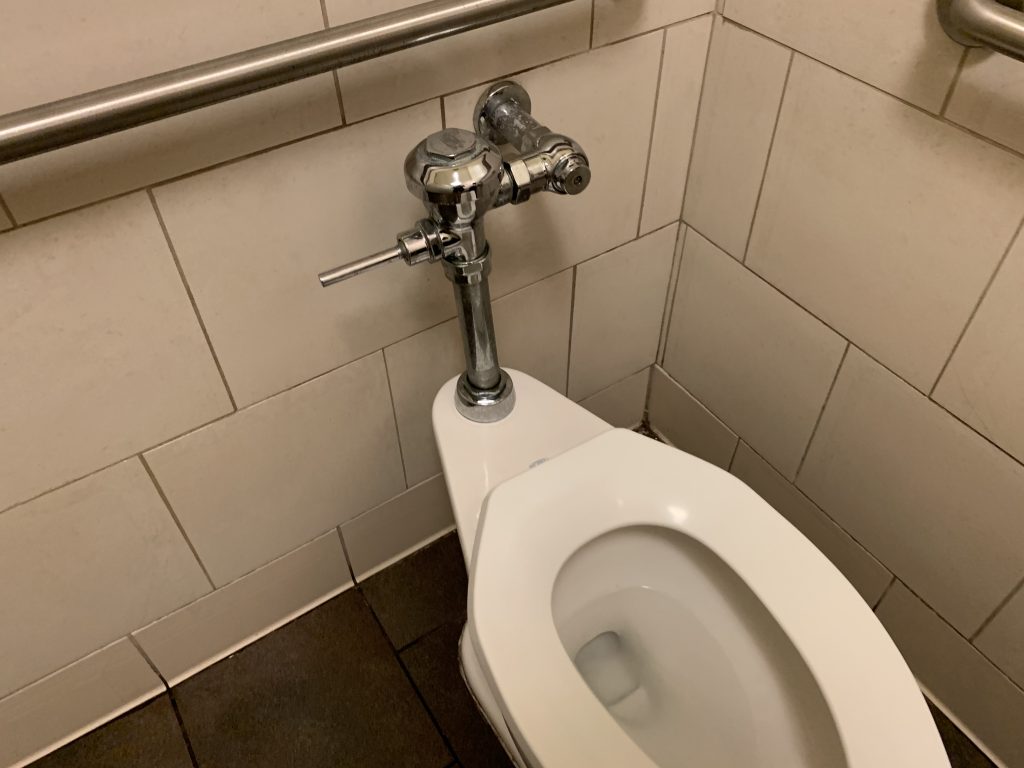

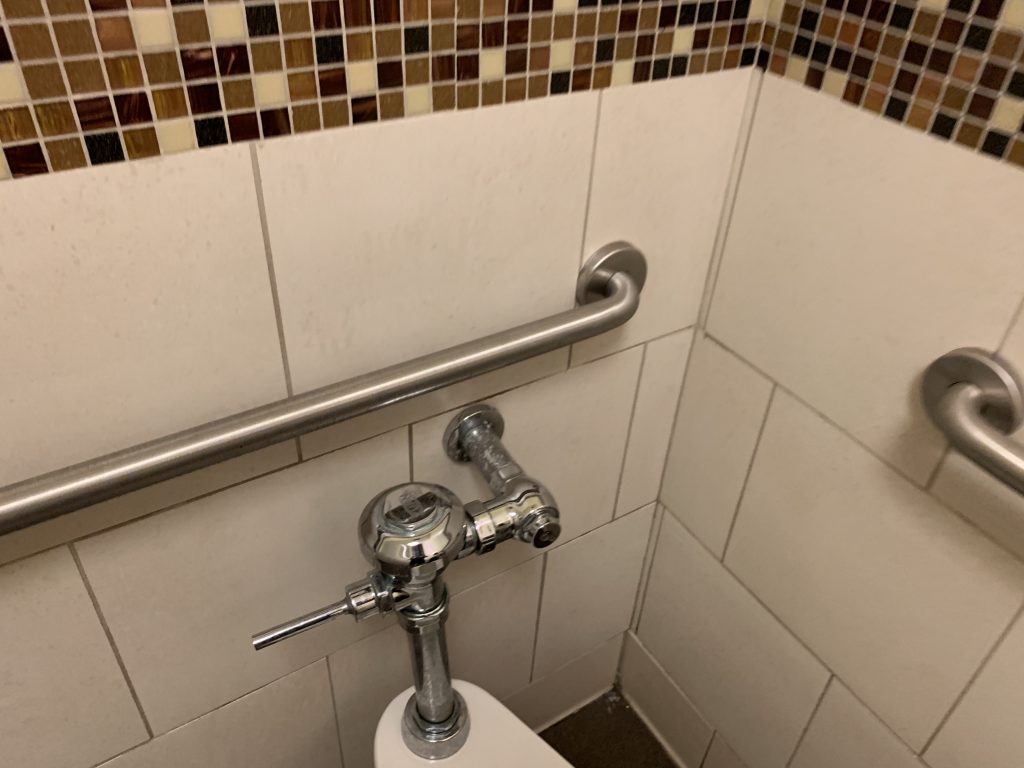
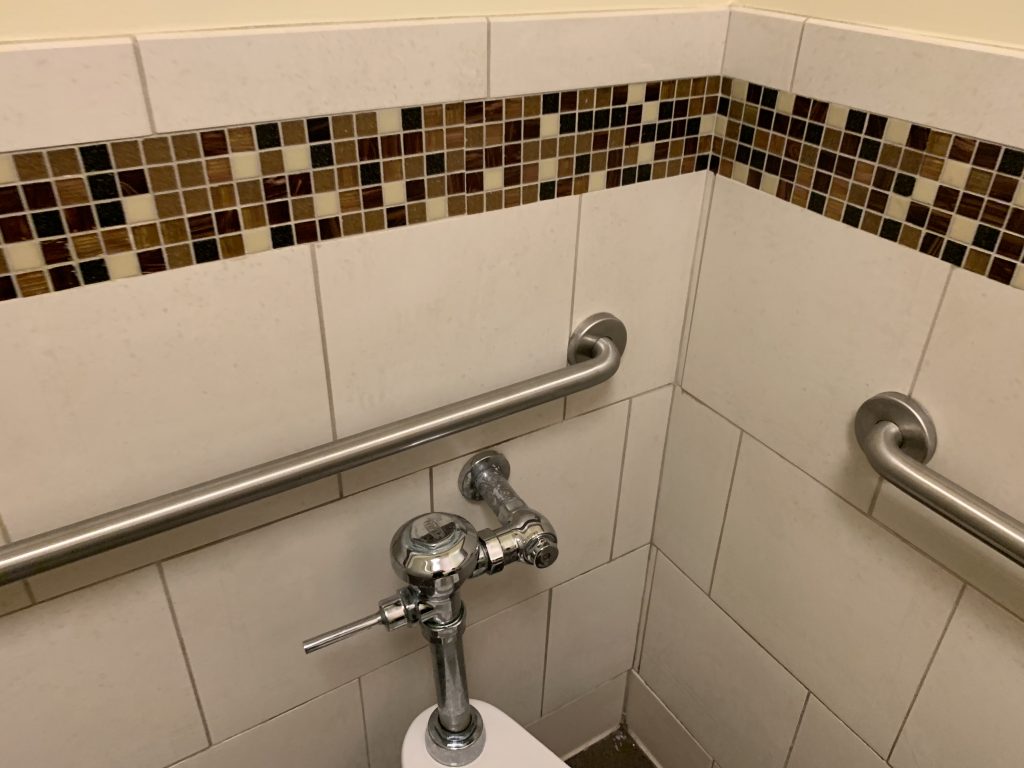
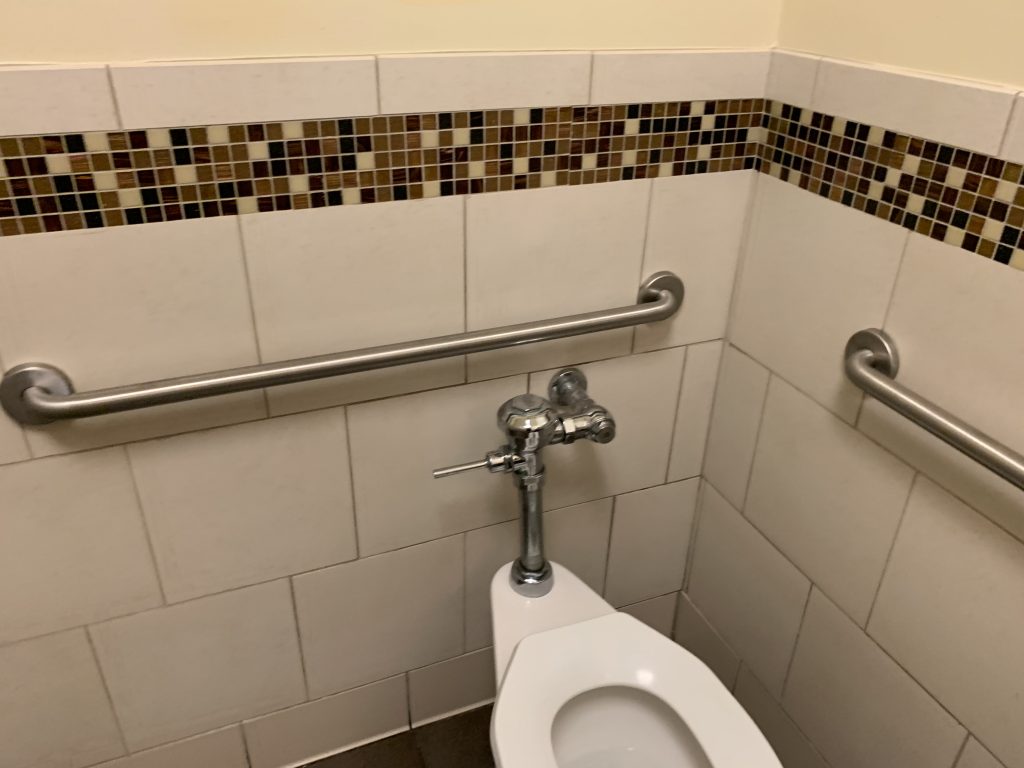
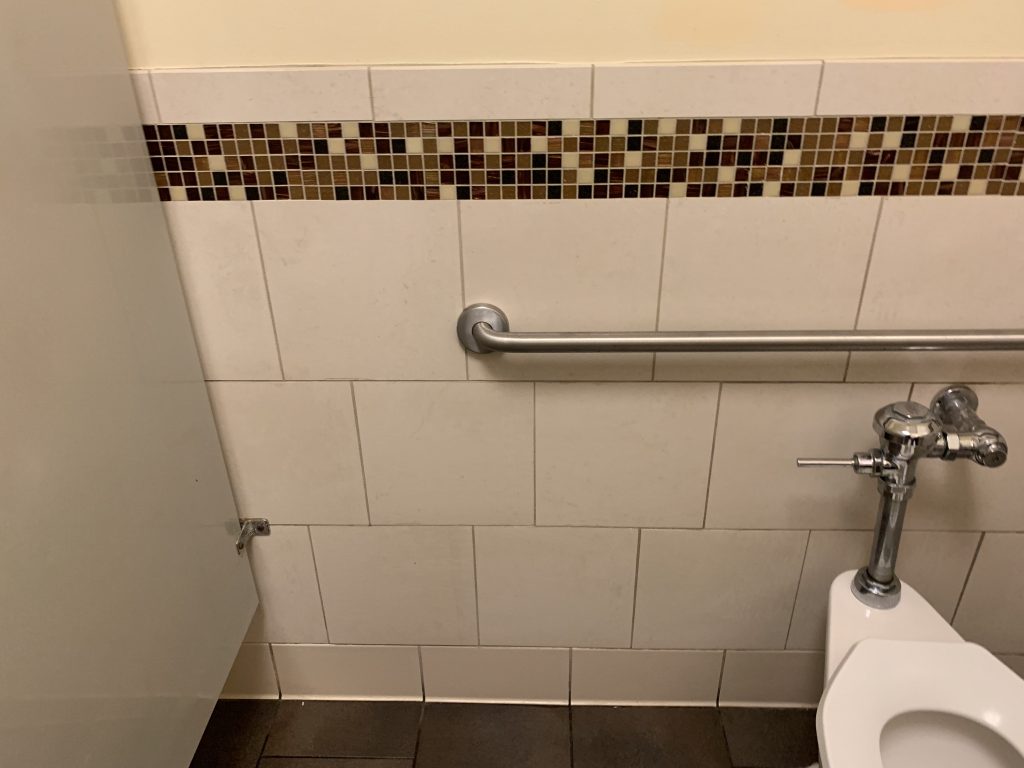
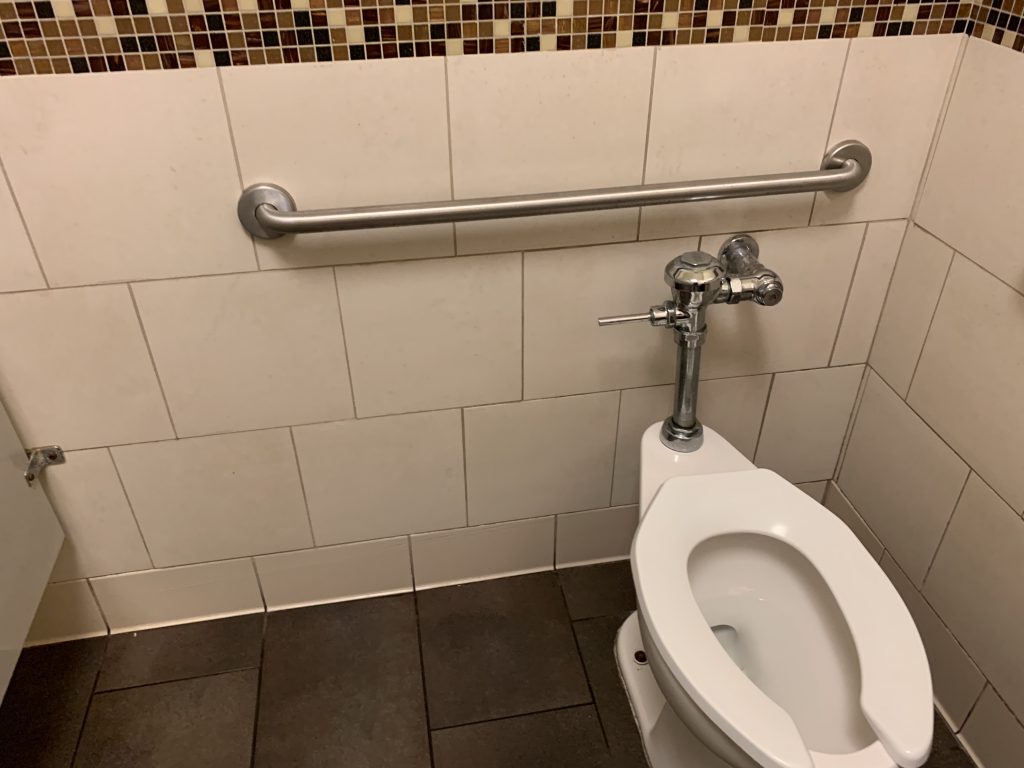
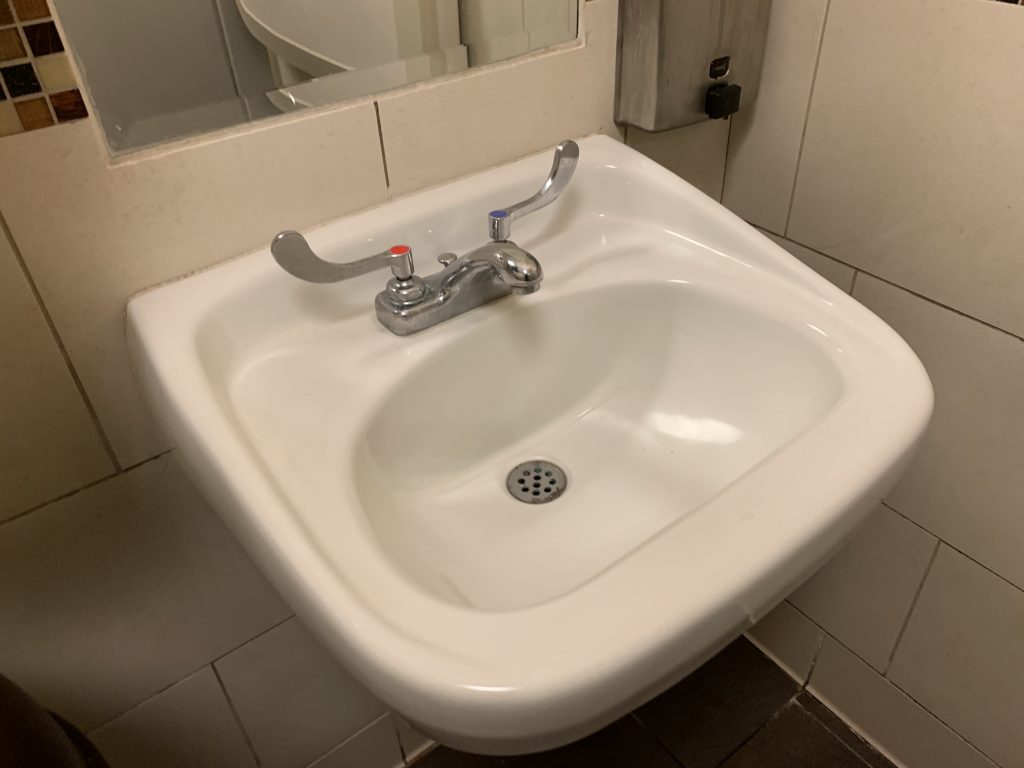

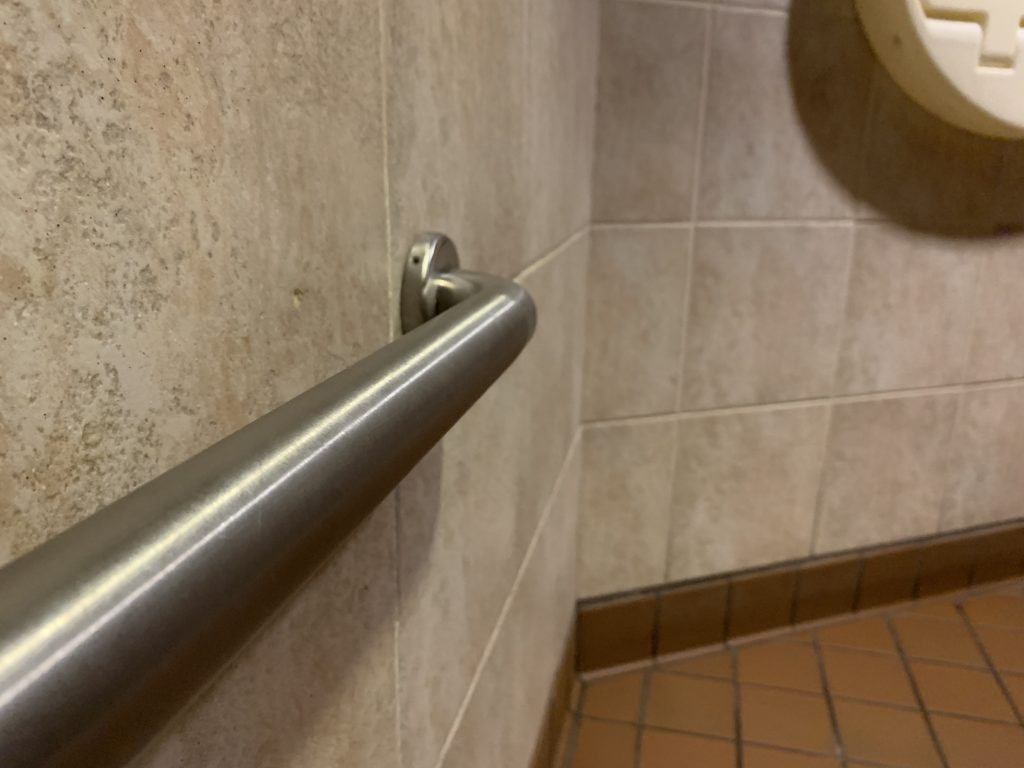
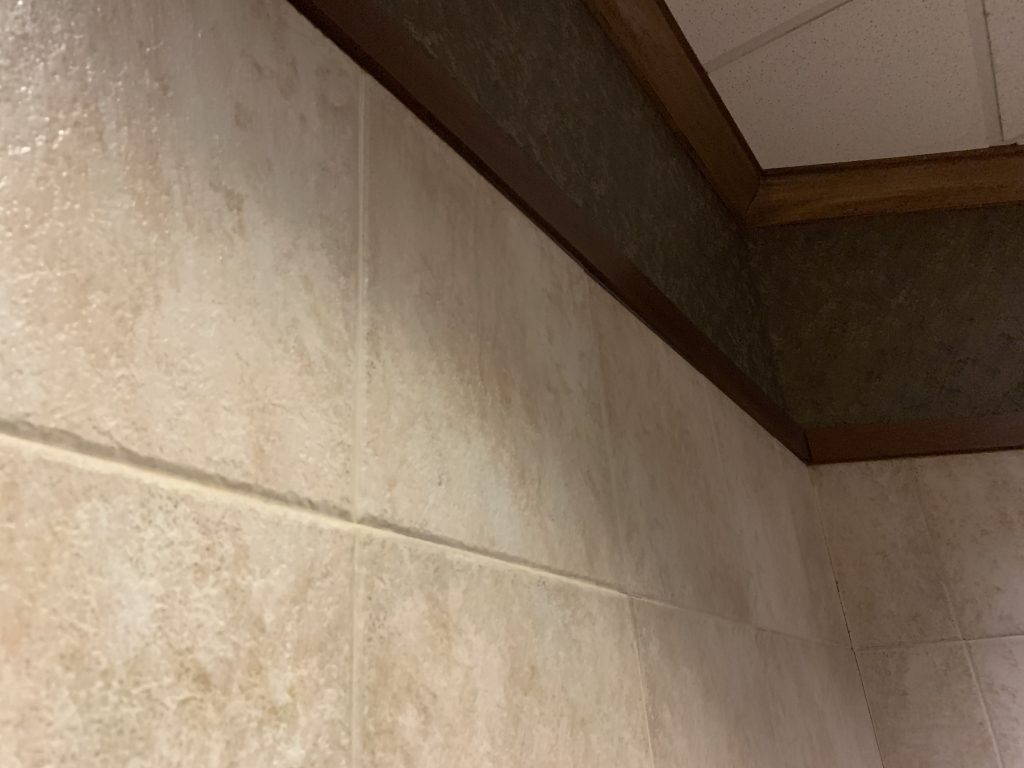


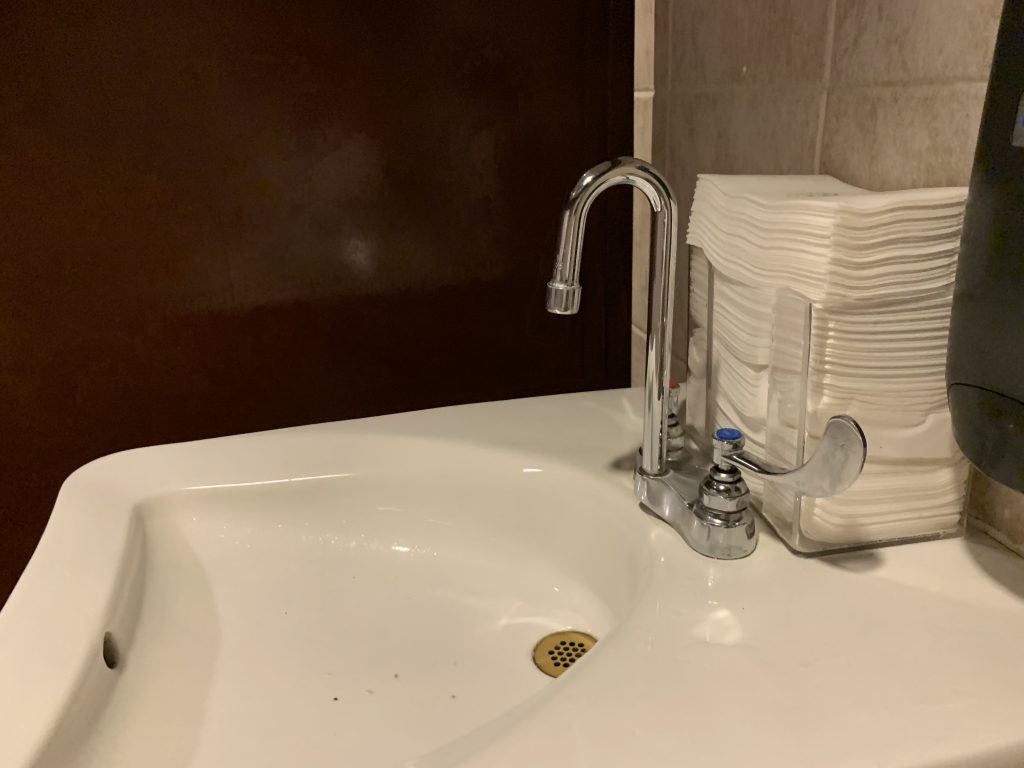

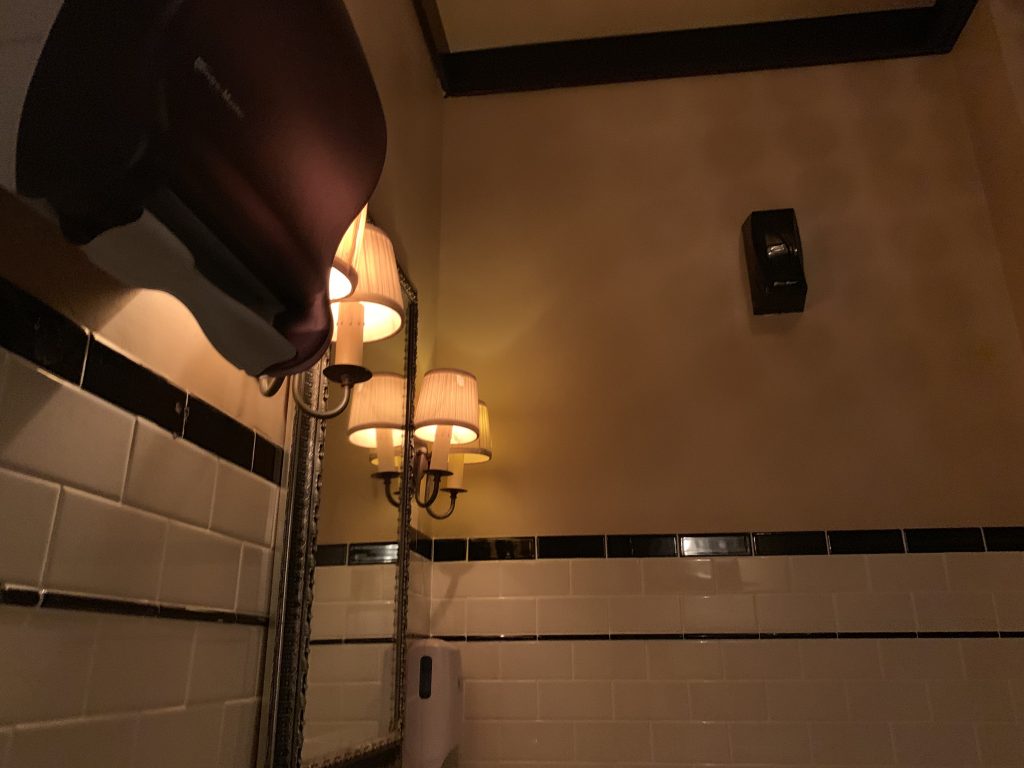
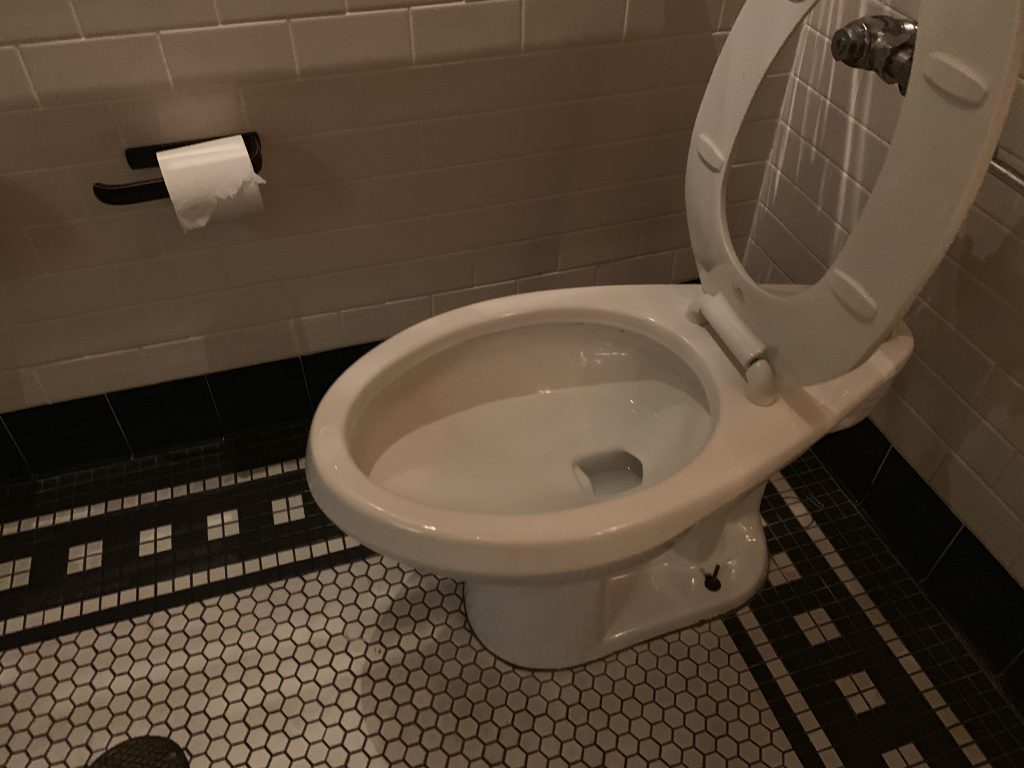
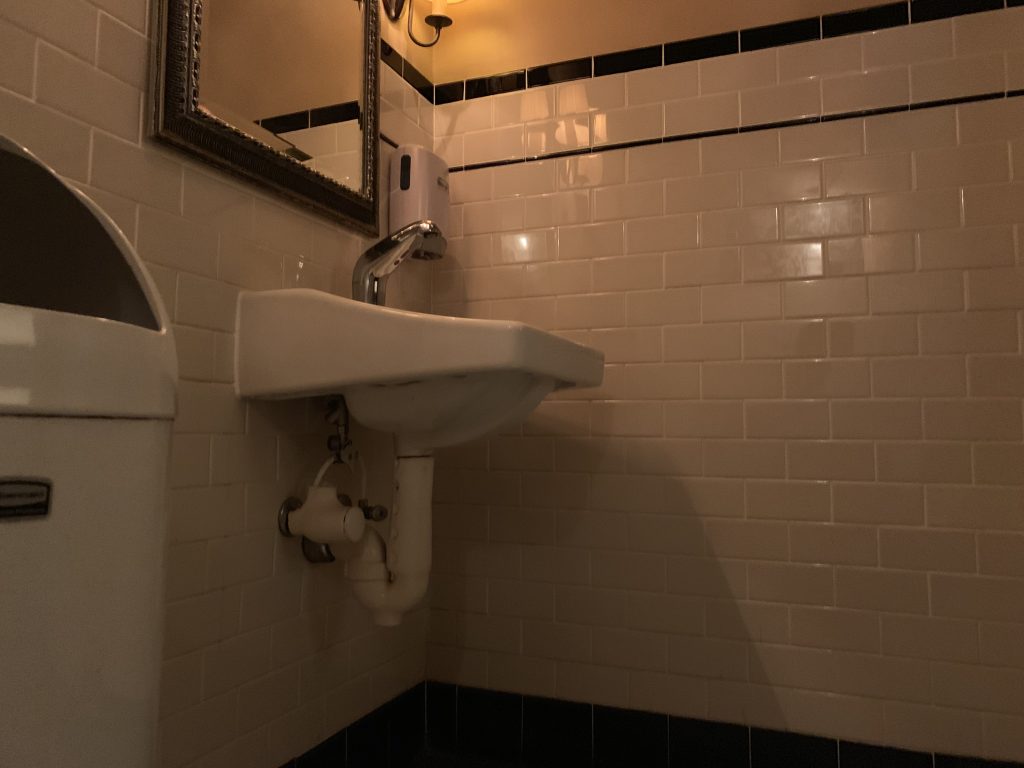
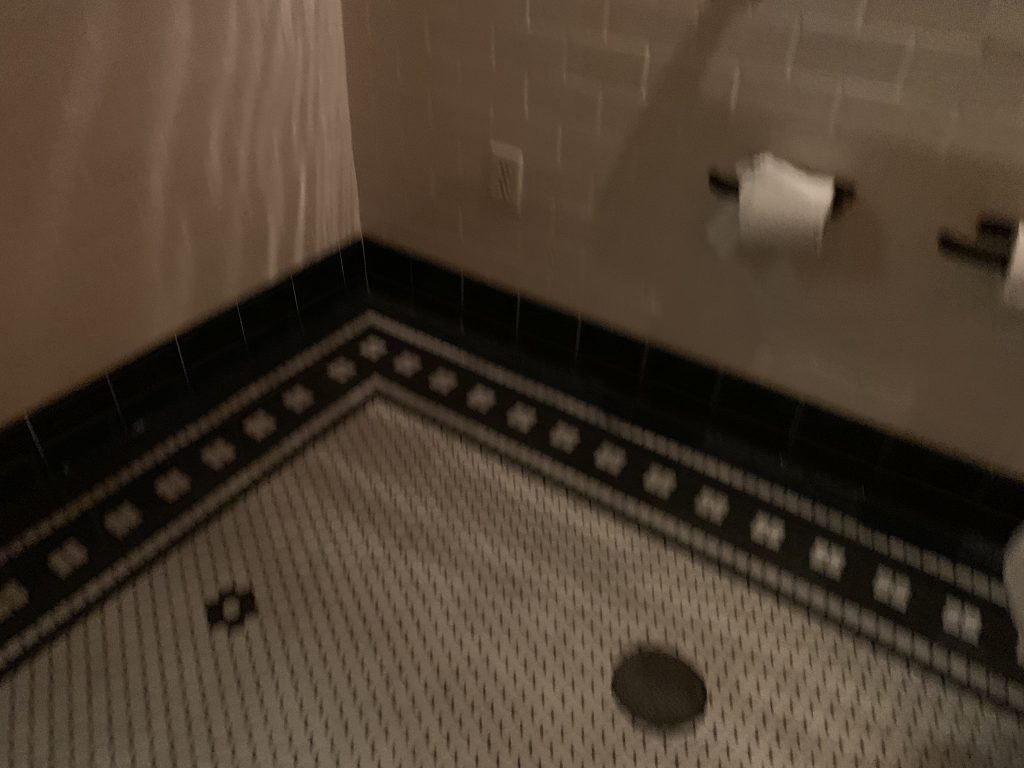
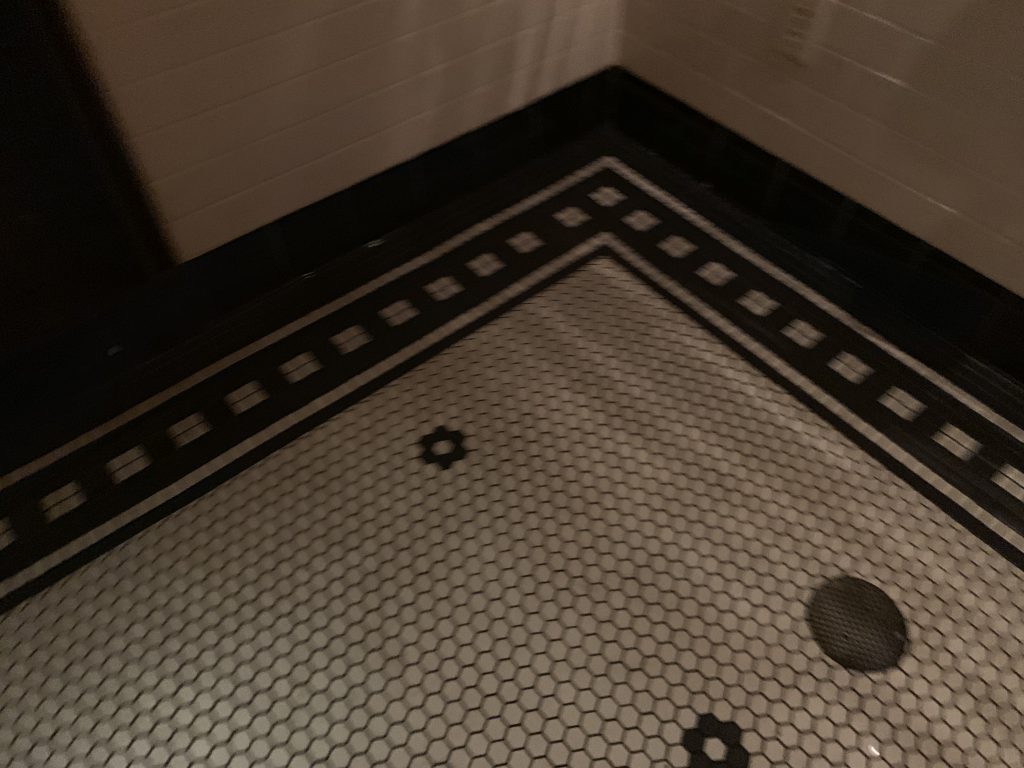
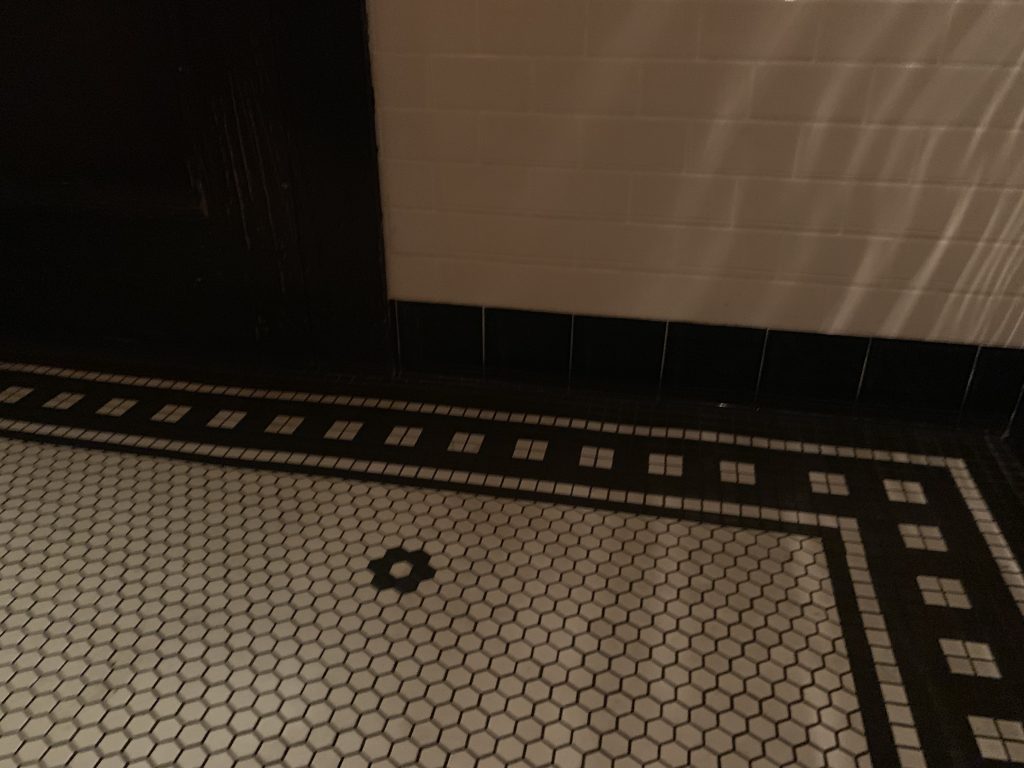
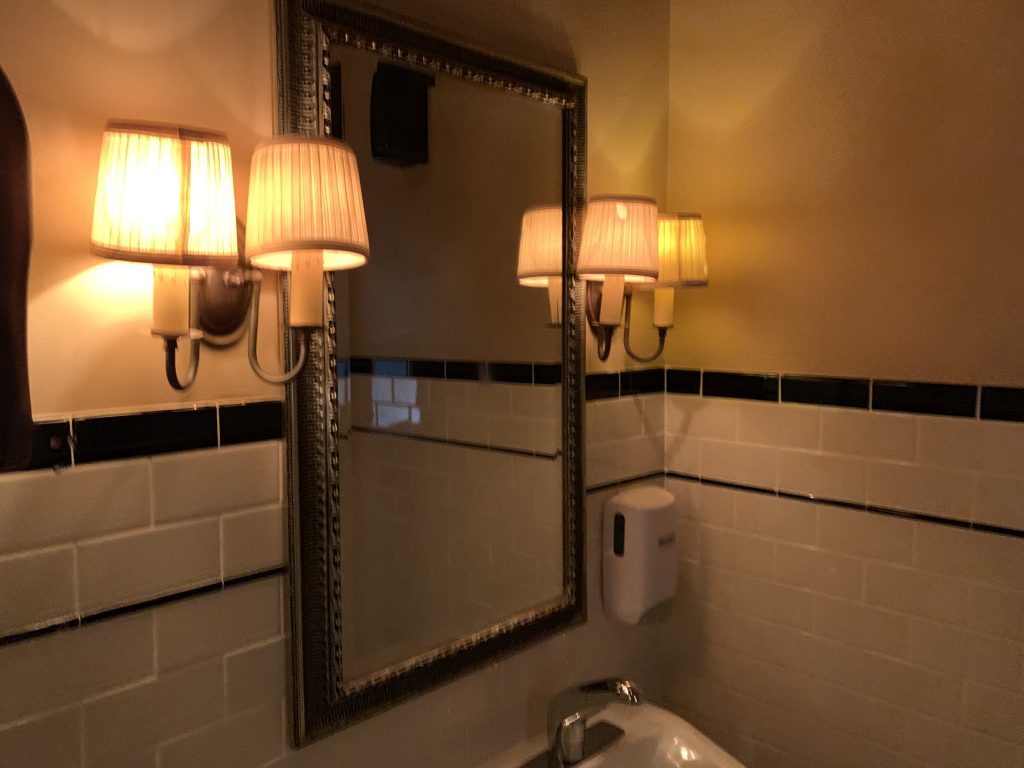
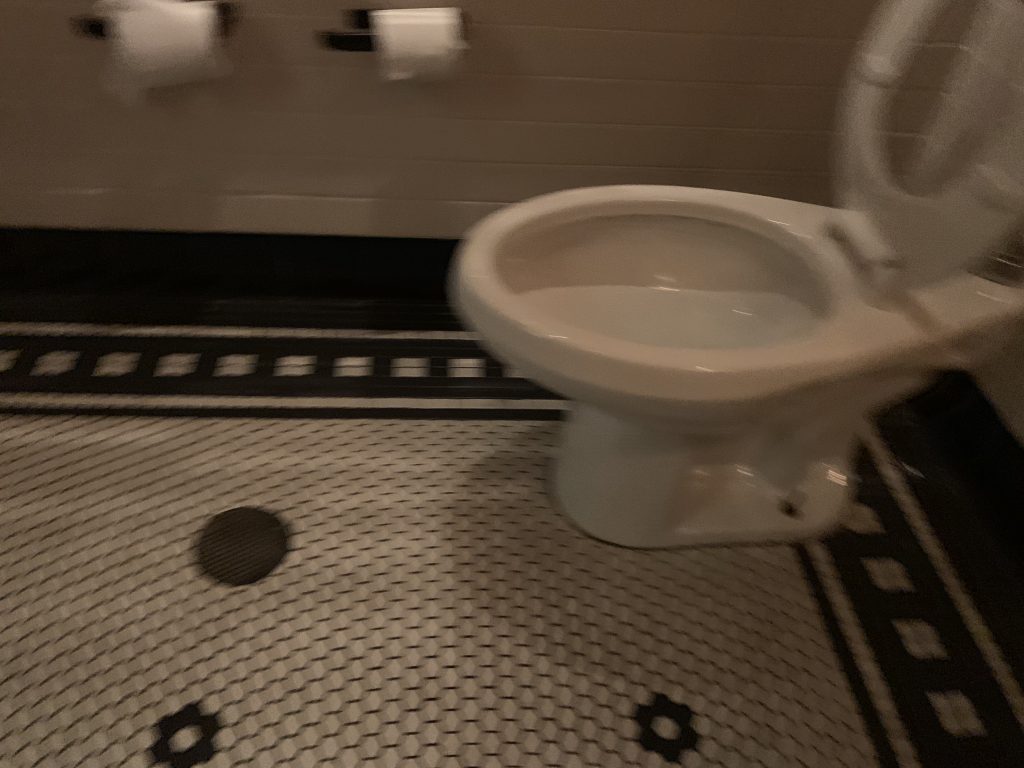
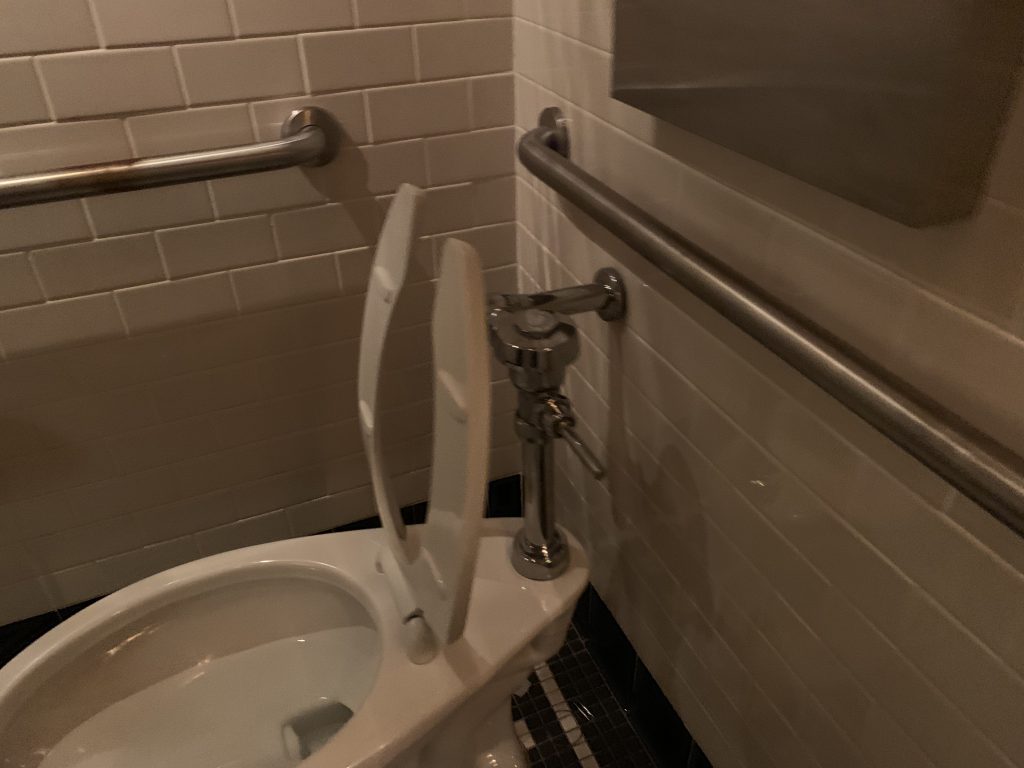
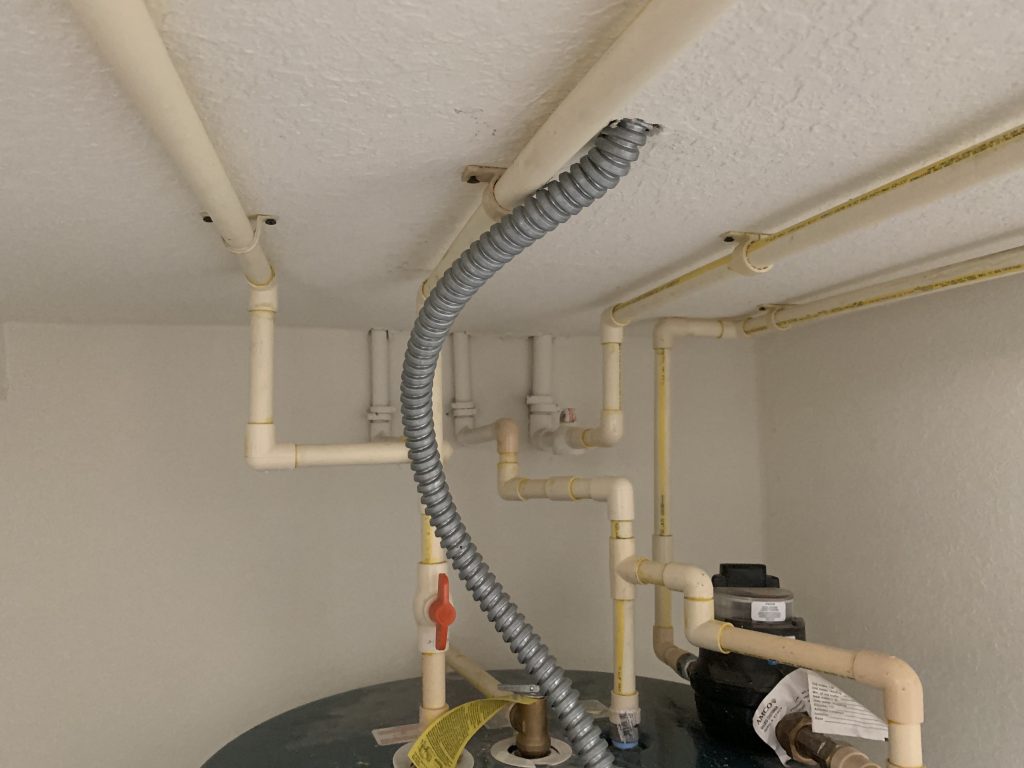
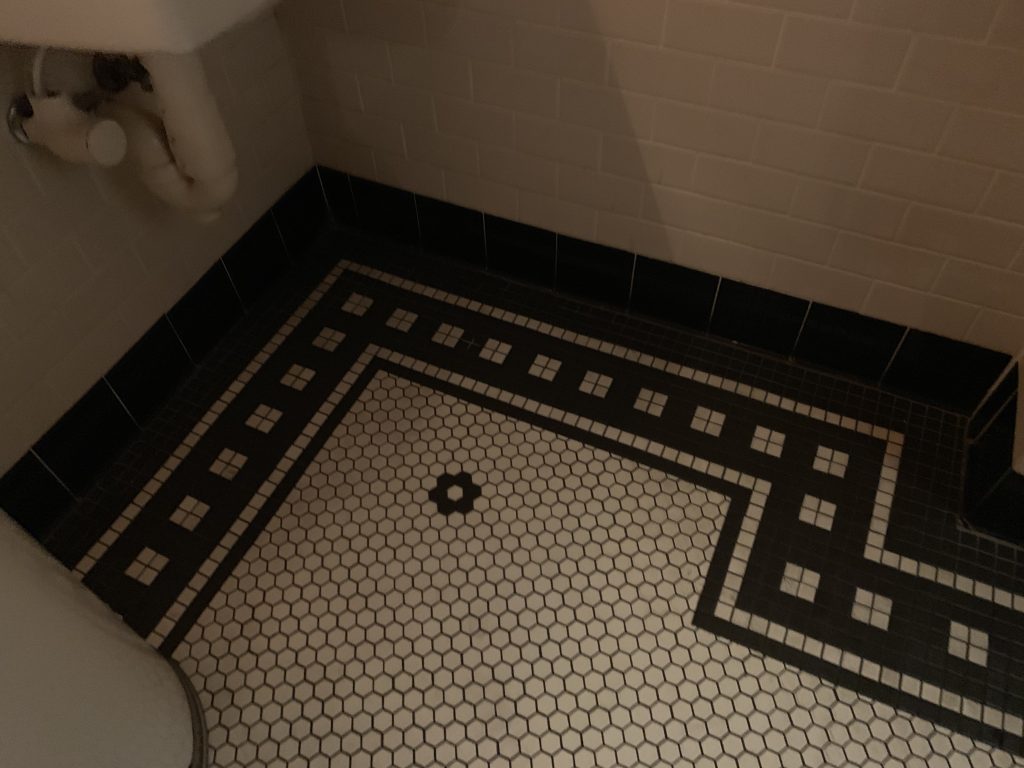
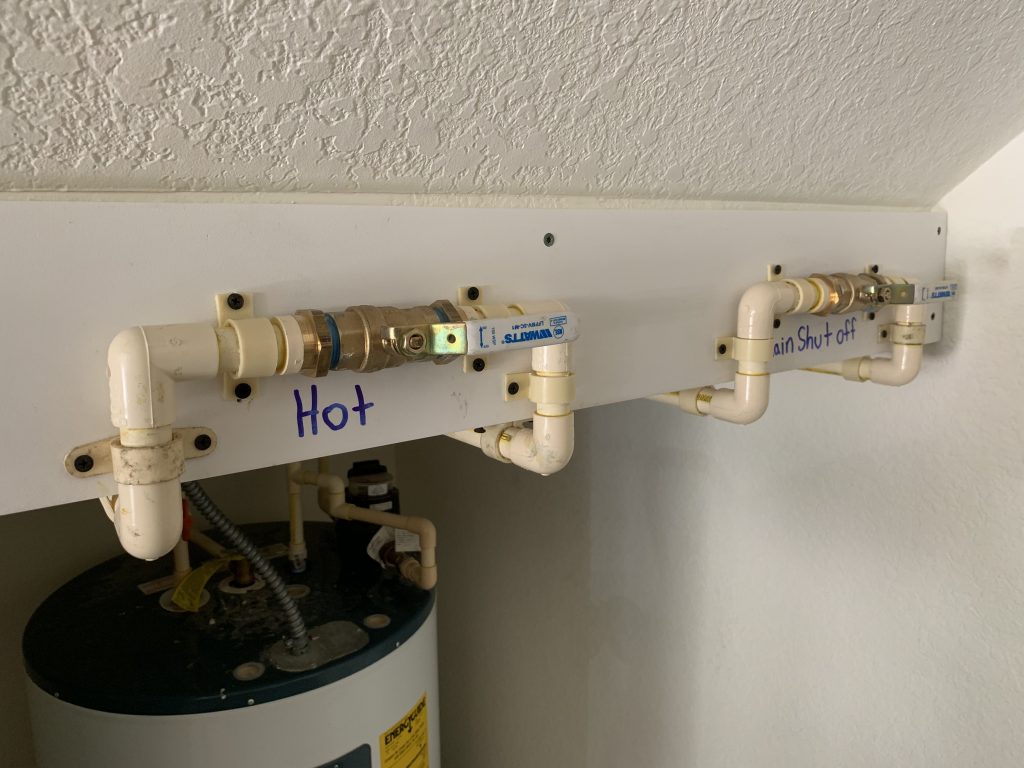
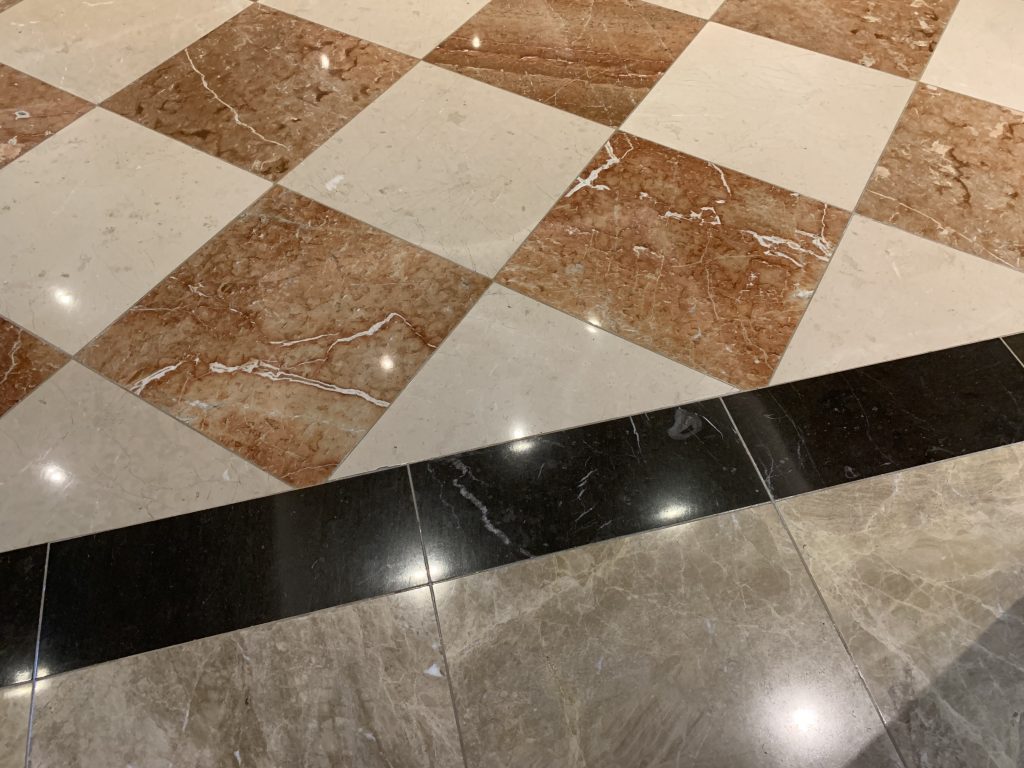
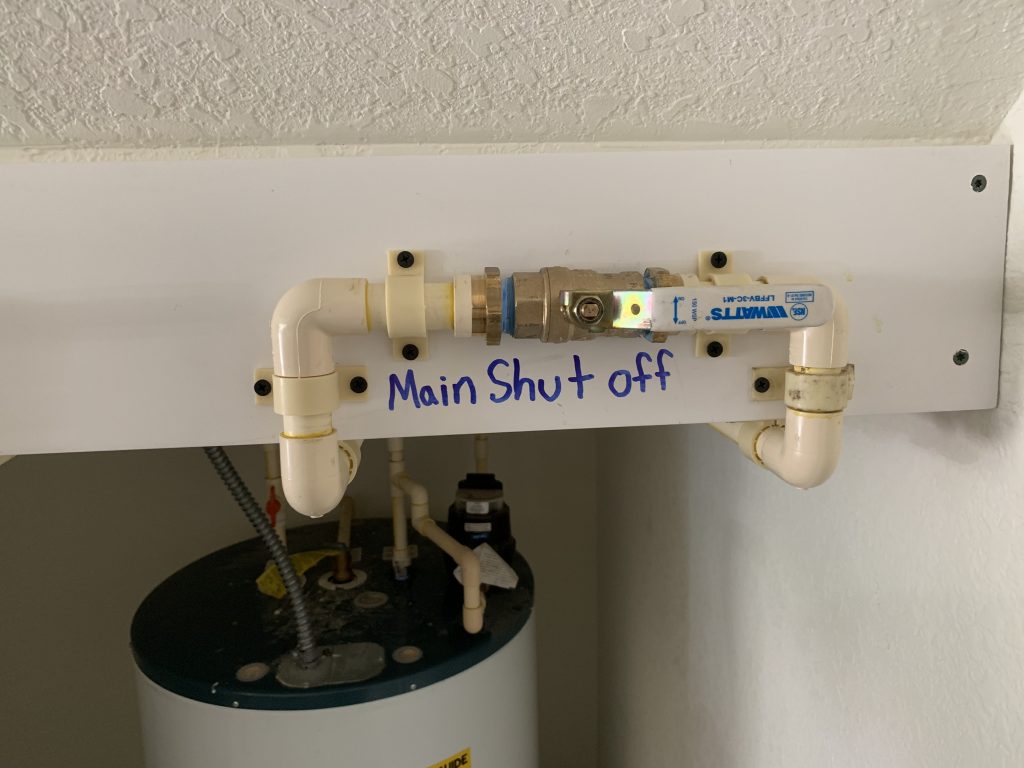
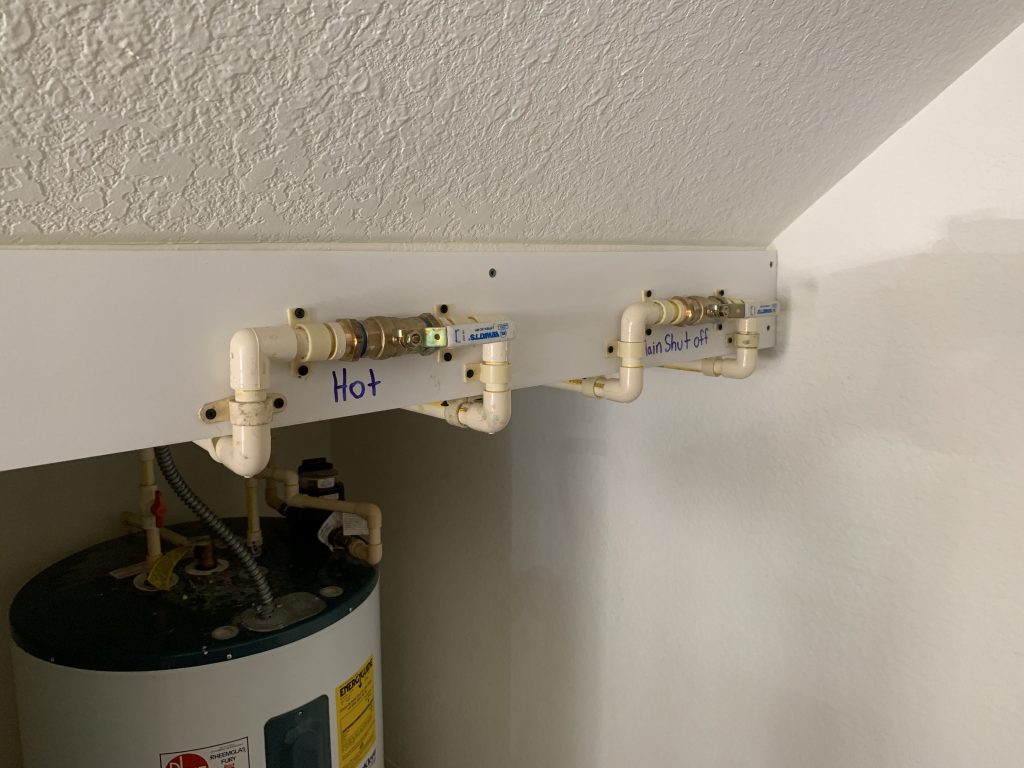
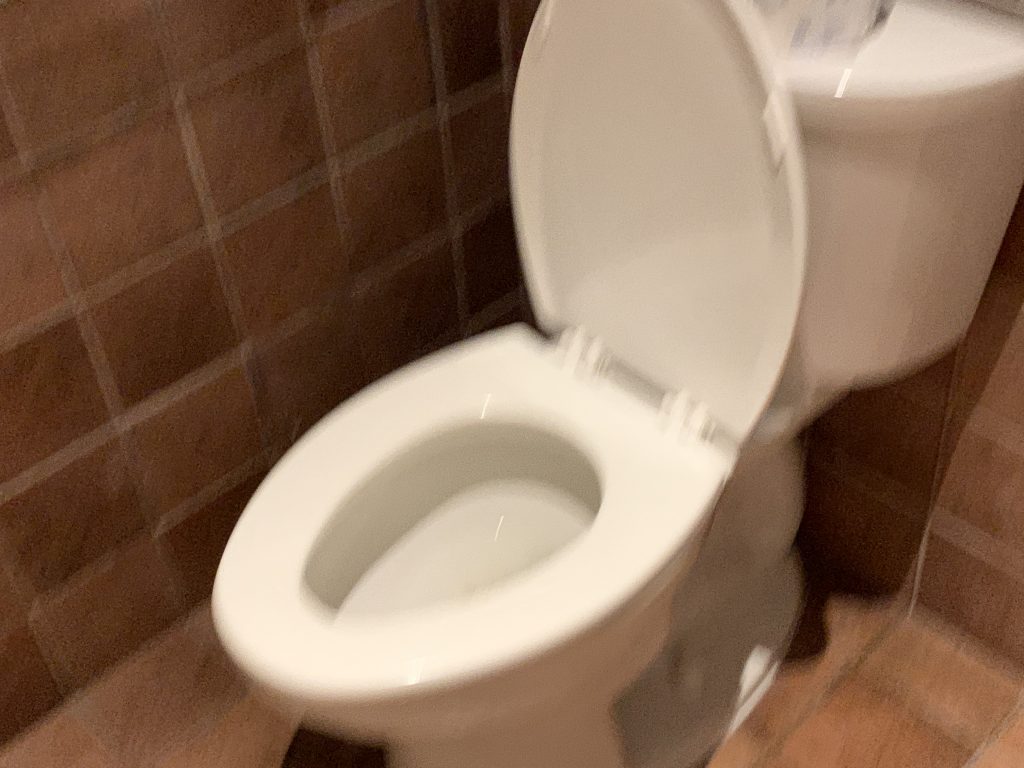
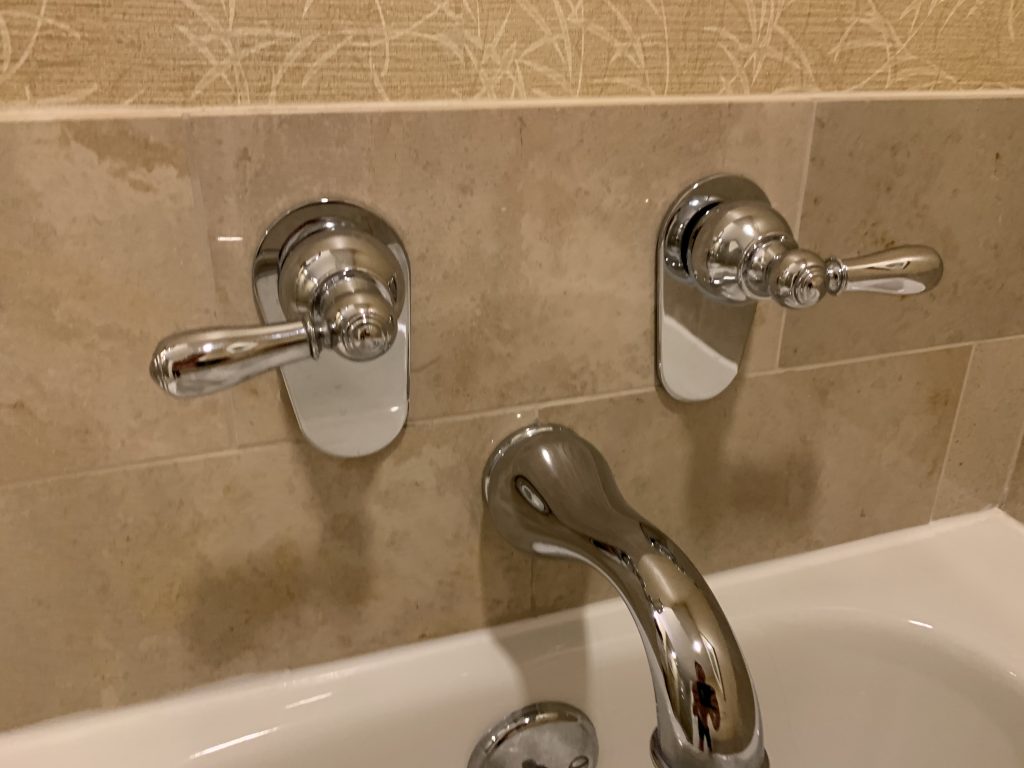
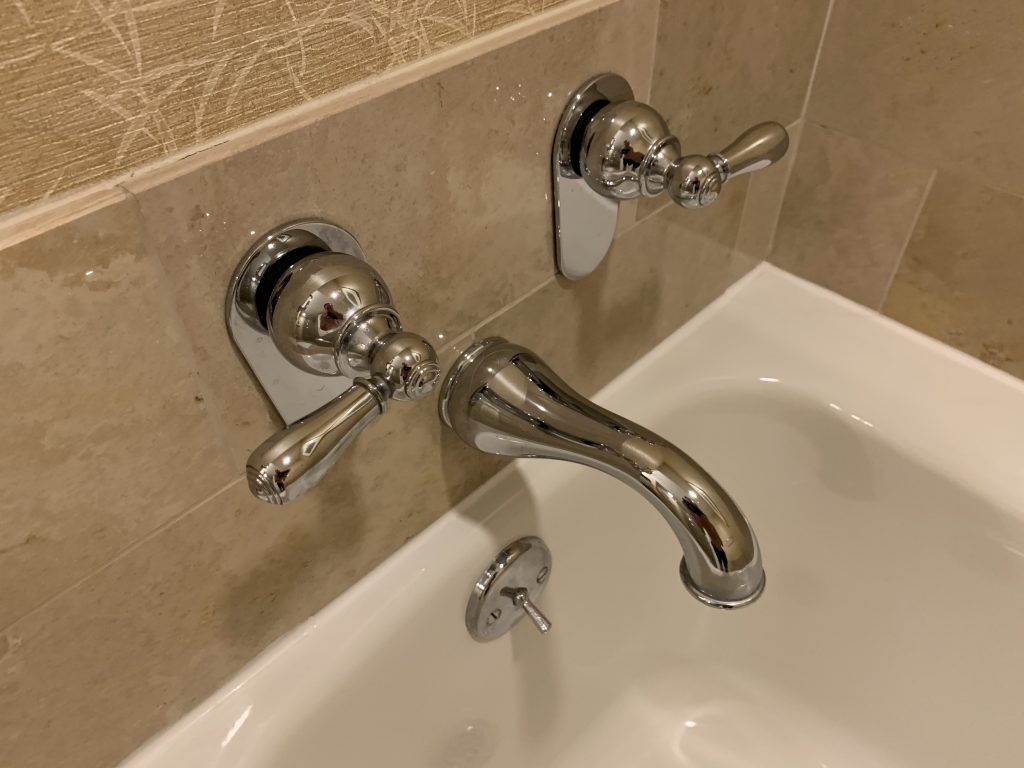
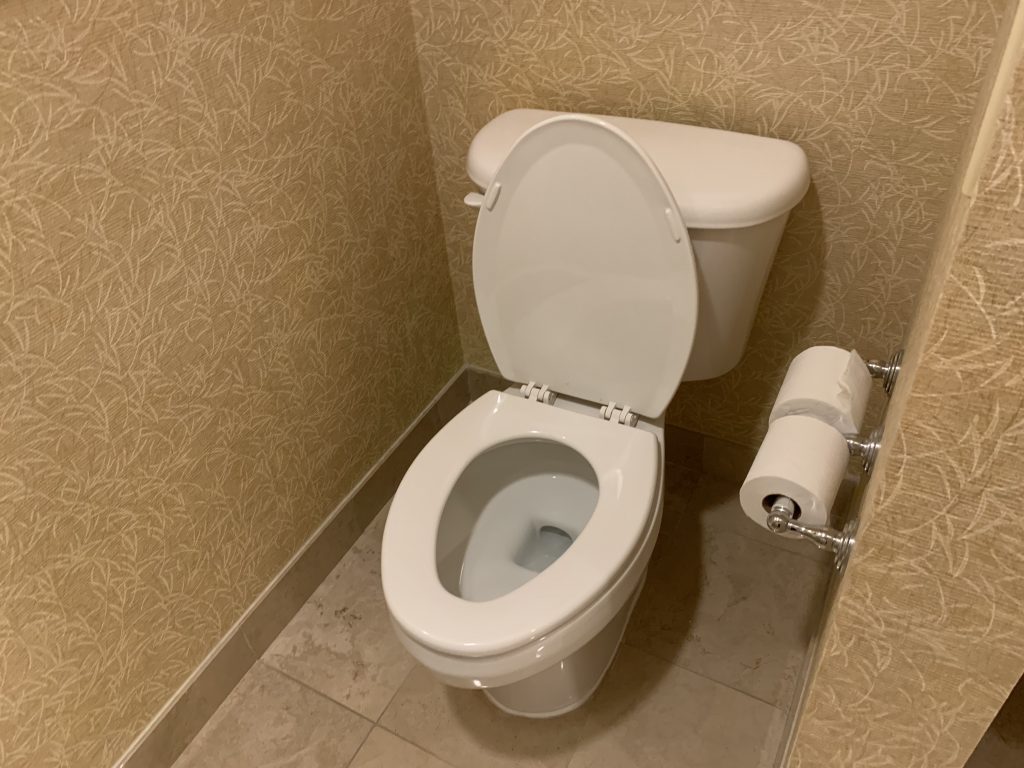
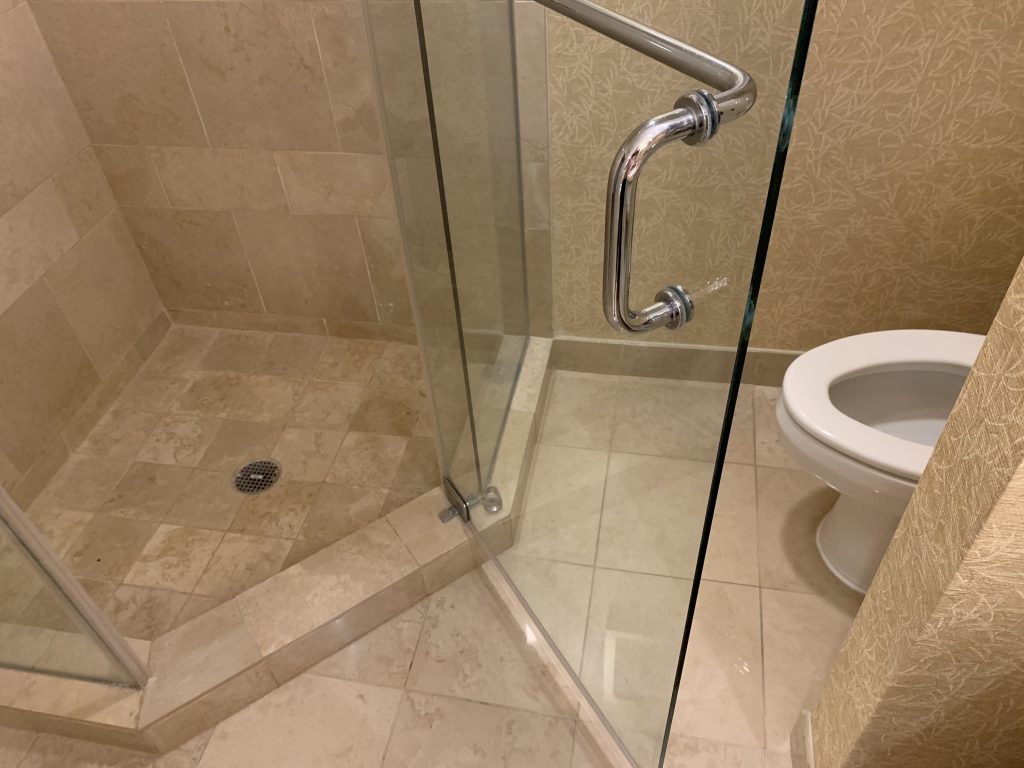
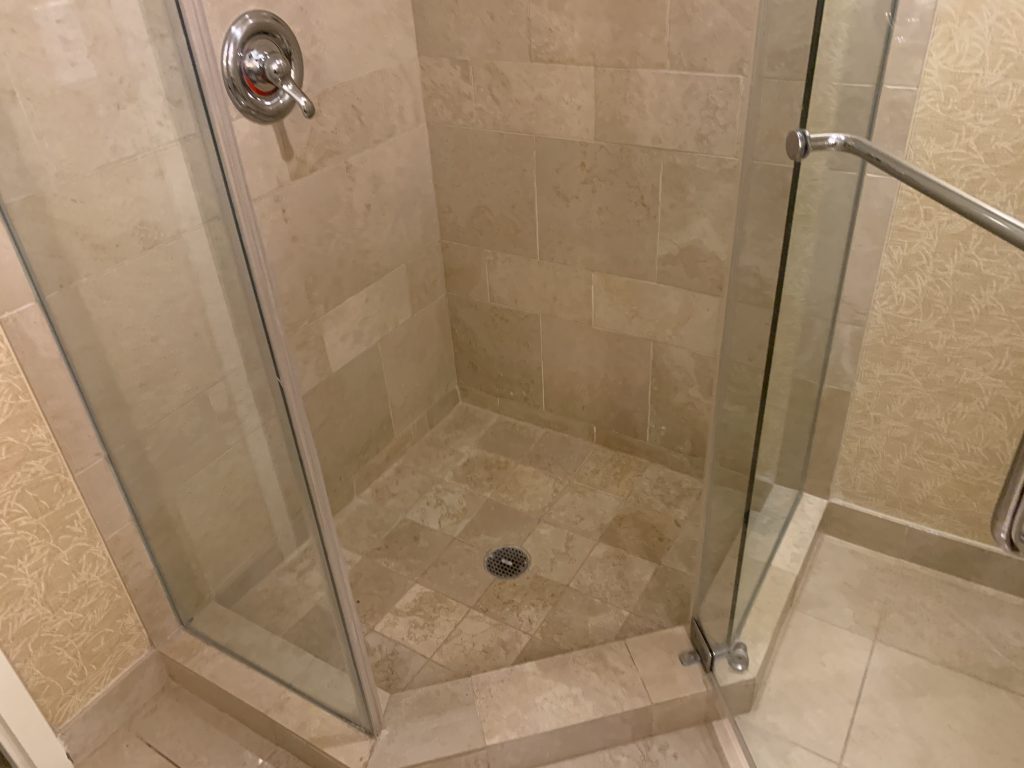


Recent Comments